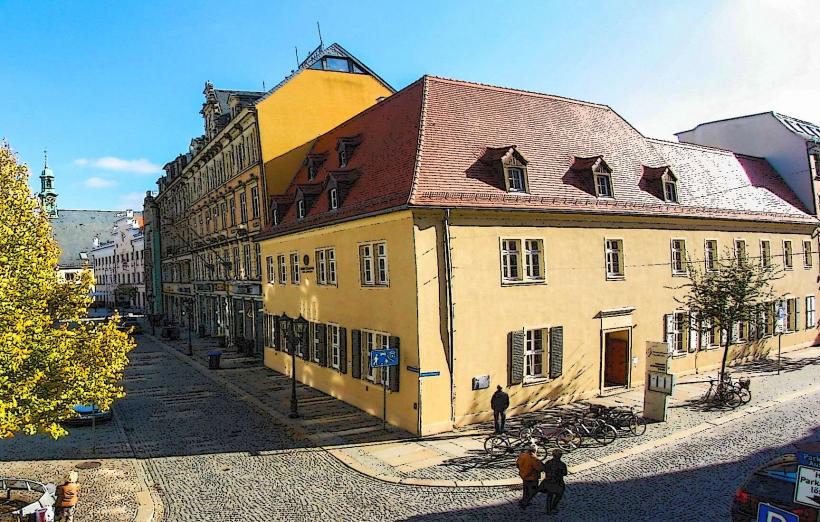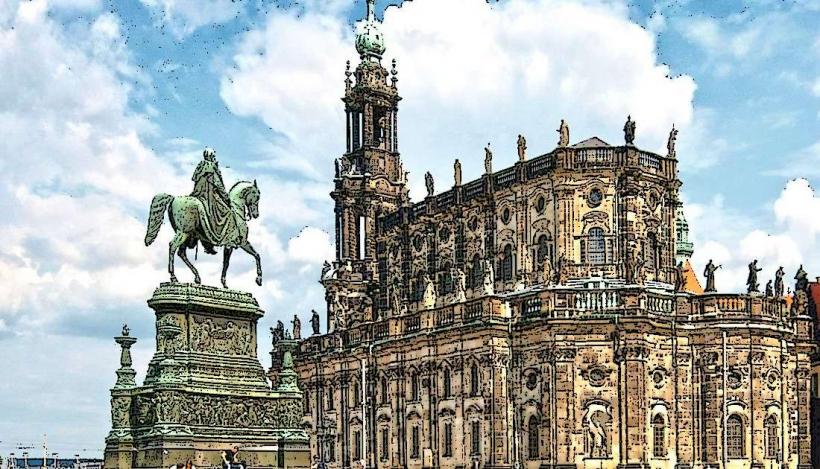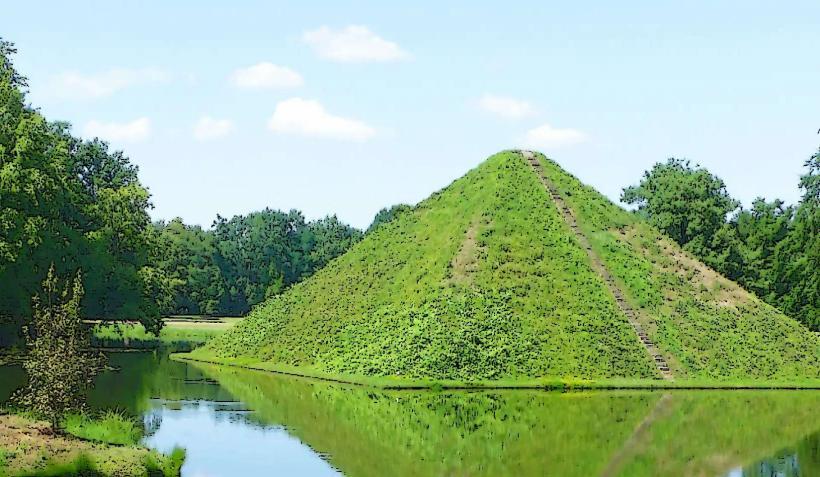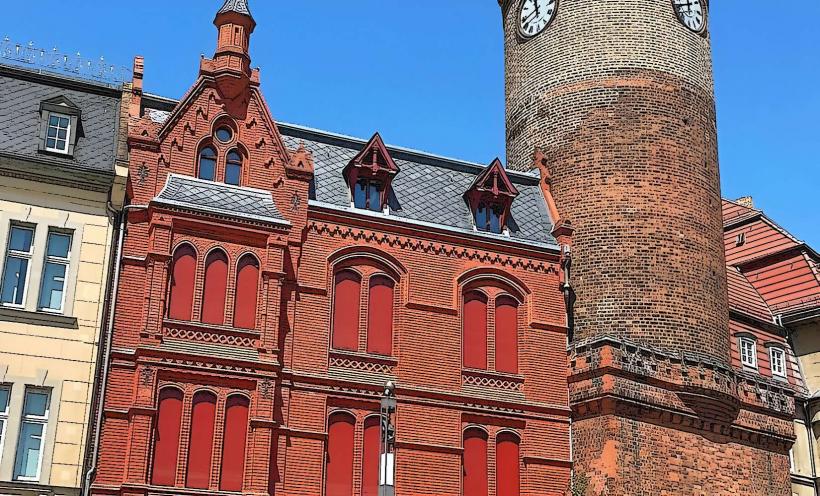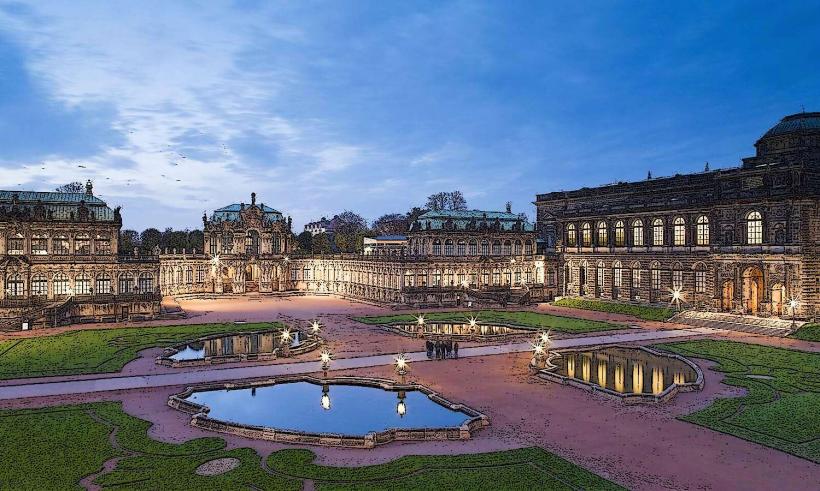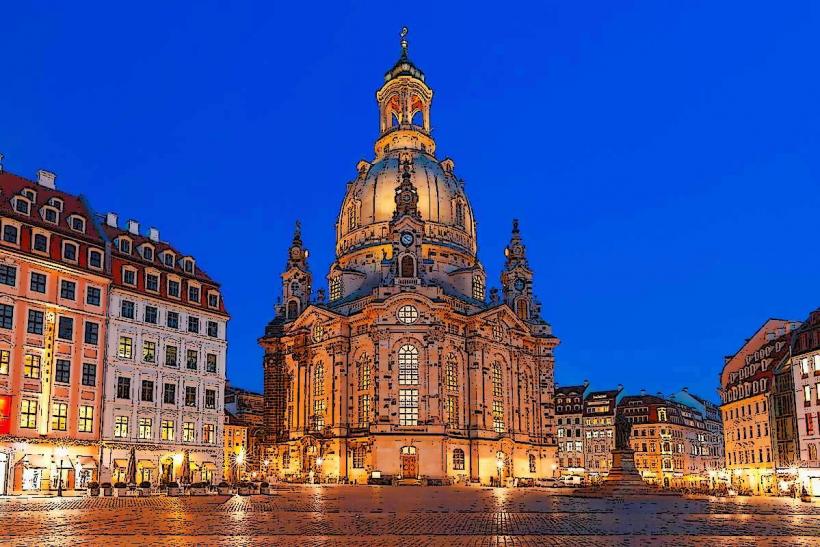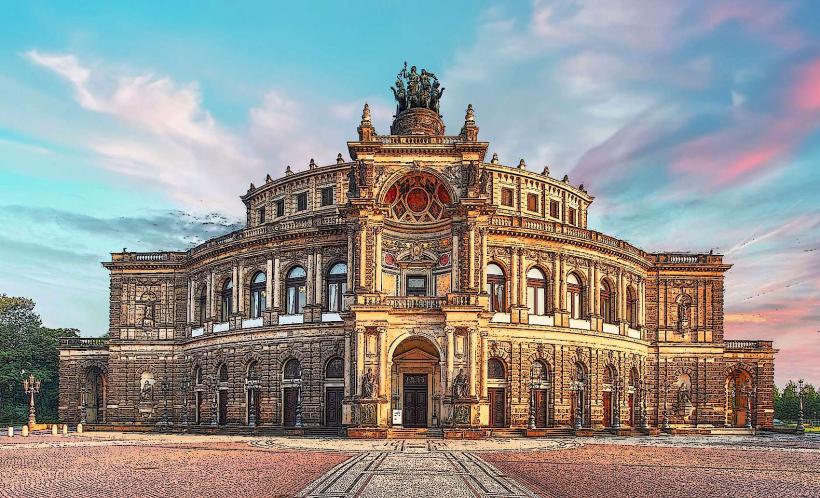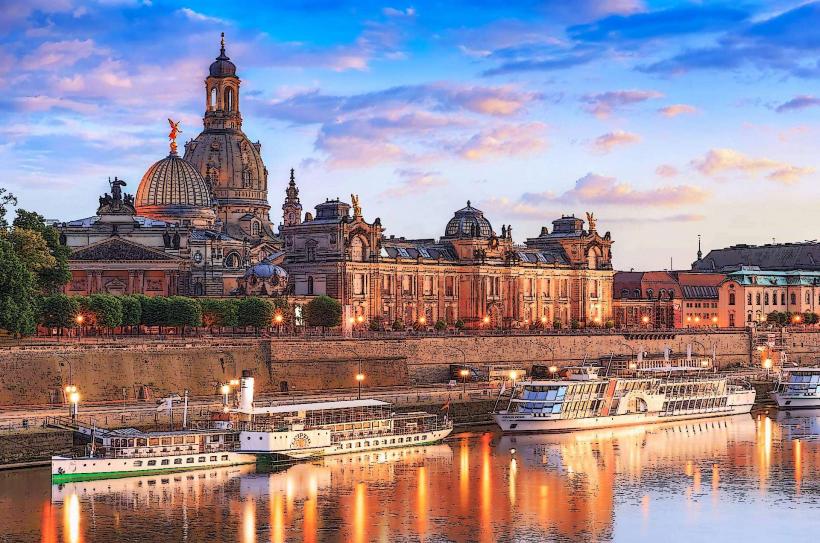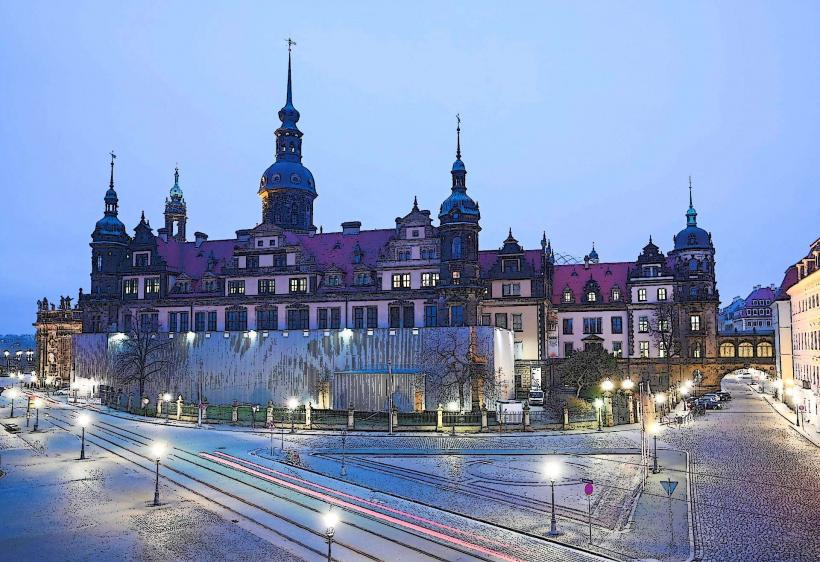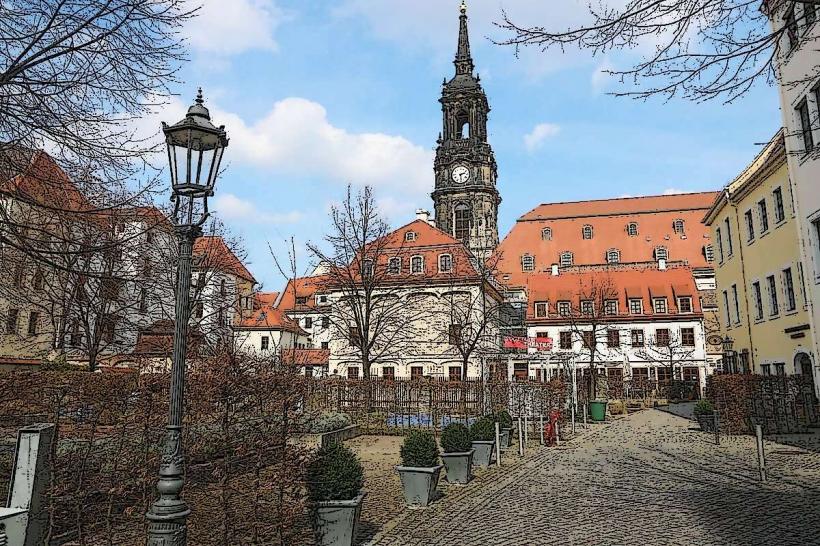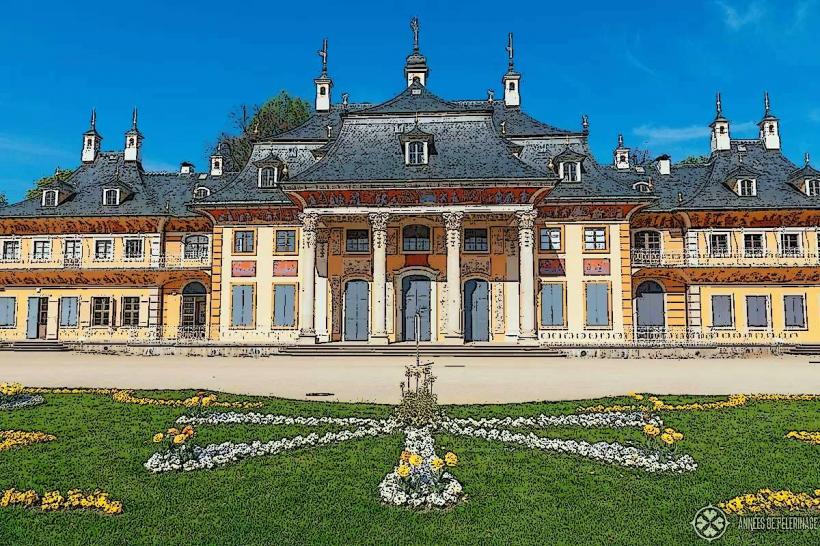Information
Landmark: Dresden CastleCity: Dresden
Country: Germany
Continent: Europe
Dresden Castle (Schloss Dresden), also known as the Residenzschloss, is one of the most important and historic landmarks in Dresden, Germany. This grand palace complex has been the residence of the rulers of Saxony for centuries and today houses several fascinating museums and cultural treasures. Its combination of architectural styles, historical significance, and artistic collections makes it a must-see destination for visitors to the city.
History and Background
- Dresden Castle dates back to the 15th century, originally constructed as a fortress in the 1400s by the Wettin dynasty, the ruling family of Saxony. Over the centuries, it evolved from a medieval fortification to a royal palace, serving as the seat of the Dukes, Electors, and Kings of Saxony.
- The castle was heavily expanded and renovated during the Renaissance and Baroque periods. It became a symbol of the power and wealth of the Saxon royal family.
- The complex has witnessed significant historical events, including Wars of the Saxon Electorate, and it played a central role in the cultural and political life of Dresden.
- During World War II, the castle was damaged in the bombing raids of 1945, but restoration efforts have preserved much of its grandeur.
Architectural Design
- Dresden Castle is a sprawling, multi-winged complex that reflects a blend of architectural styles, particularly Renaissance, Baroque, and Neoclassical. The palace is organized around several courtyards, with a distinctive central building known as the Hofkirche (Court Church) and the Stallhof (Stable Courtyard).
- The most striking feature of the castle is the Giants' Hall, which was built during the Baroque period. This room is known for its enormous size and impressive ceiling, as well as the stunning artwork displayed throughout the building.
- The Tower of the Dresden Castle is another key feature of the palace, offering an elevated view of the surrounding city and serving as a landmark visible from afar.
- The castle’s exterior is adorned with intricate sculptures and decorative details, characteristic of the Baroque style, which was favored during the reign of Augustus the Strong, the Elector of Saxony.
Museums and Collections
Today, the Dresden Castle is home to several of the city's most important museums, which collectively showcase the region’s rich history, art, and culture. Some of the key museums within the castle complex include:
The Green Vault (Grünes Gewölbe)
- The Green Vault is one of the most famous and spectacular museum collections in the world, housing an extraordinary collection of treasures. It is named after the green-painted vault of its original room, where the collection was first displayed.
- The collection includes jewels, goldsmith work, precious objects, and exquisite sculptures, many of which date back to the reign of Augustus the Strong. Highlights include an impressive array of baroque art, rare gems, ivory carvings, and sword hilts made from precious materials.
- There are two parts to the Green Vault: the Historic Green Vault, which houses the older collections in an opulent setting, and the New Green Vault, which displays more modern pieces in a more minimalist environment.
The Turkish Chamber (Türckische Cammer)
- This unique collection within the castle showcases a range of Ottoman and Islamic art. The Turkish Chamber holds objects such as textiles, ceramics, and decorative items, and it reflects the fascination of Saxony's rulers with the cultures of the East during the 17th and 18th centuries.
The Armoury (Rüstkammer)
- The Armoury contains one of the most comprehensive collections of arms and armor in Europe, showcasing items dating from the Middle Ages to the Renaissance and Baroque periods. The collection includes swords, armour, firearms, and even trophies from battles and wars fought by the Saxon Electors.
- Among its highlights are the armour of Augustus the Strong, as well as a number of ceremonial weapons and ornate suits of armor that were used in royal processions.
The Dresden State Art Collections (Staatliche Kunstsammlungen Dresden)
- The Dresden State Art Collections, which also includes museums like the Old Masters Picture Gallery and the Porcelain Collection, feature a vast collection of paintings, sculptures, and decorative arts from Europe and the Far East.
- Visitors can enjoy works by Titian, Rembrandt, Rubens, Vermeer, and Raphael, as well as a remarkable assortment of Meissen porcelain from the 18th century.
The Dresden Coin Cabinet (Münzkabinett)
- This collection is one of the oldest in the world and houses a vast array of coins, medals, and other forms of numismatic art. The collection includes coins from all over the world and from different historical periods, with a strong emphasis on Saxon and German numismatics.
The Royal Portrait Collection
- This collection displays portraits of the Saxon royal family, many of which were painted by notable court artists. The portraits provide a fascinating glimpse into the lives and power of the rulers of Saxony over the centuries.
The Castle Complex and Courtyards
- The Stallhof (Stable Courtyard) is a notable courtyard within the Dresden Castle, with its Renaissance-style arcades and elegant design. It is famous for its knight’s tournaments, which were held here during the 16th century.
- The Hofkirche (Court Church) is another important part of the castle complex, featuring a Baroque-style altar, a neoclassical facade, and a splendid interior. The church was originally built to house the Saxon royal family’s tombs.
Restoration and Modernization
- Like many historical buildings, Dresden Castle faced severe damage during World War II, but it has been meticulously restored since the war. The restoration process took several decades and required great care to preserve both the building’s historical authenticity and its architectural integrity.
- Today, the castle is a blend of the old and new, with modern amenities and updated museum facilities that allow visitors to appreciate both the historic significance of the palace and the invaluable collections housed within it.
Visitor Experience
- The Dresden Castle is open to the public, and visitors can explore its numerous museums, galleries, and courtyards. The castle’s central location in Dresden makes it easy to combine a visit with nearby landmarks such as the Frauenkirche and Zwinger Palace.
- The castle also regularly hosts special exhibitions and cultural events, including concerts, lectures, and theatrical performances, adding to the vibrant cultural life of the city.
Conclusion
Dresden Castle is not just a historical residence of the Saxon rulers; it is a place of great cultural and artistic significance. The palatial complex, with its stunning Baroque architecture, world-class museums, and fascinating art collections, stands as one of the city’s most important and visited landmarks. A visit to the Dresden Castle offers an opportunity to immerse oneself in the history, art, and royal legacy of Saxony.

